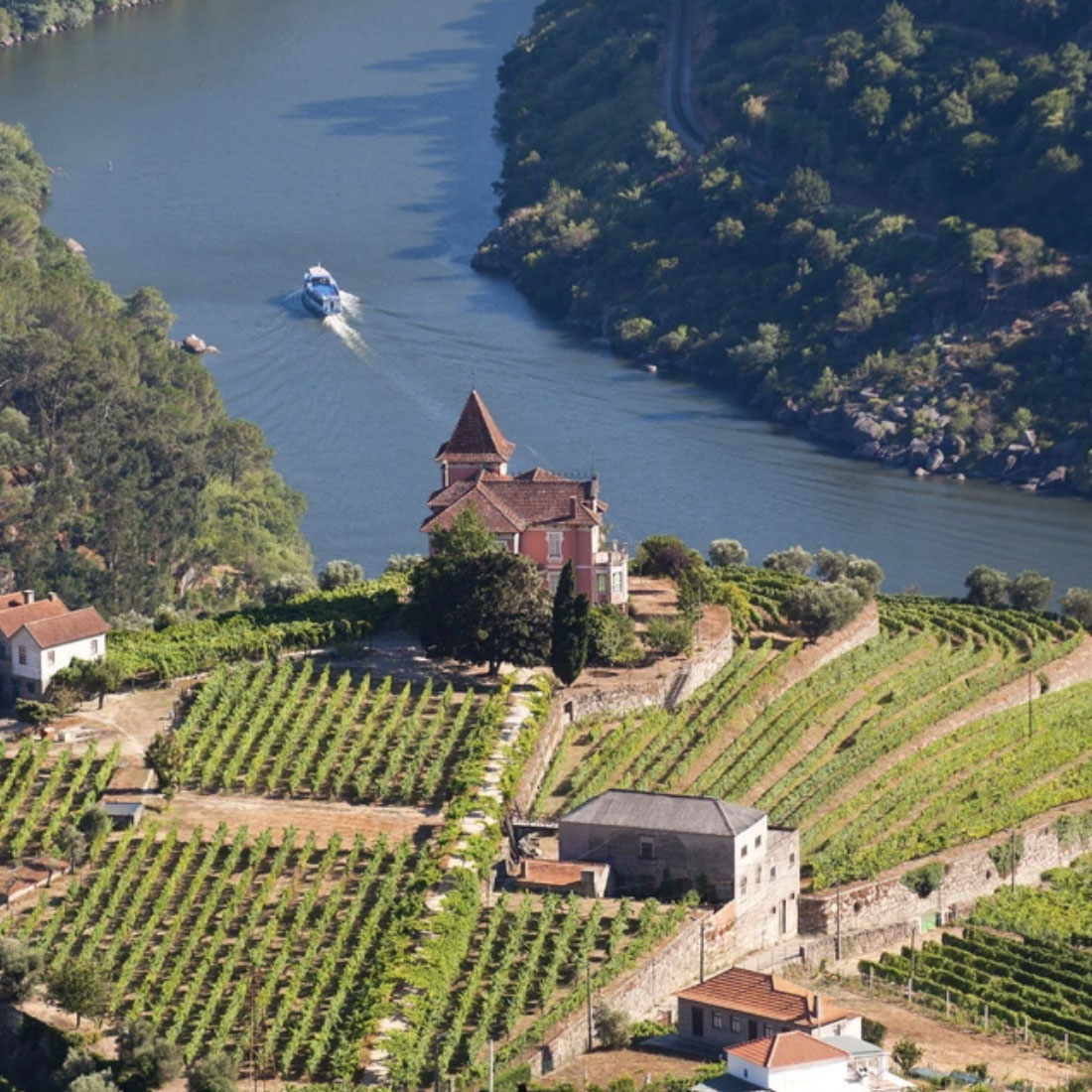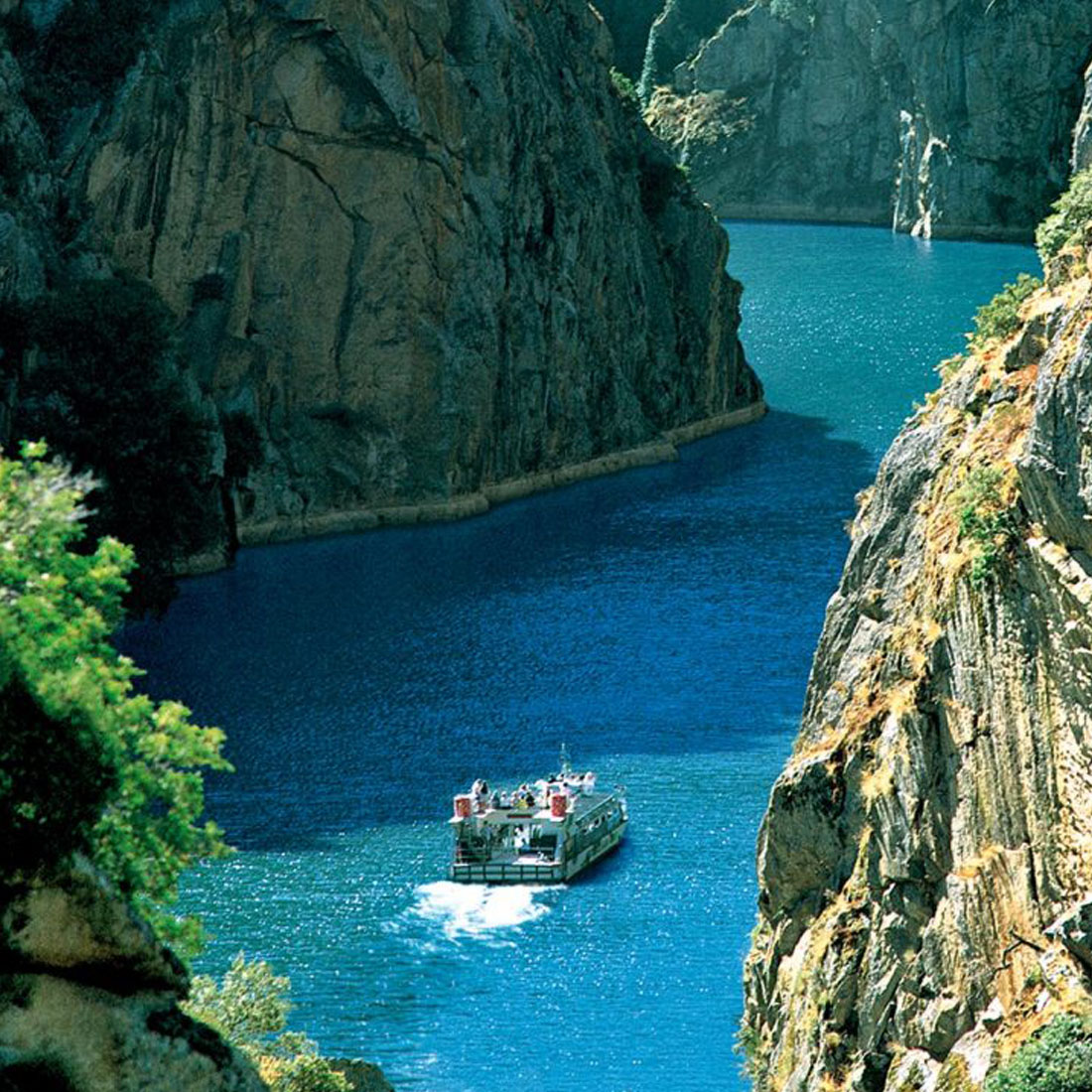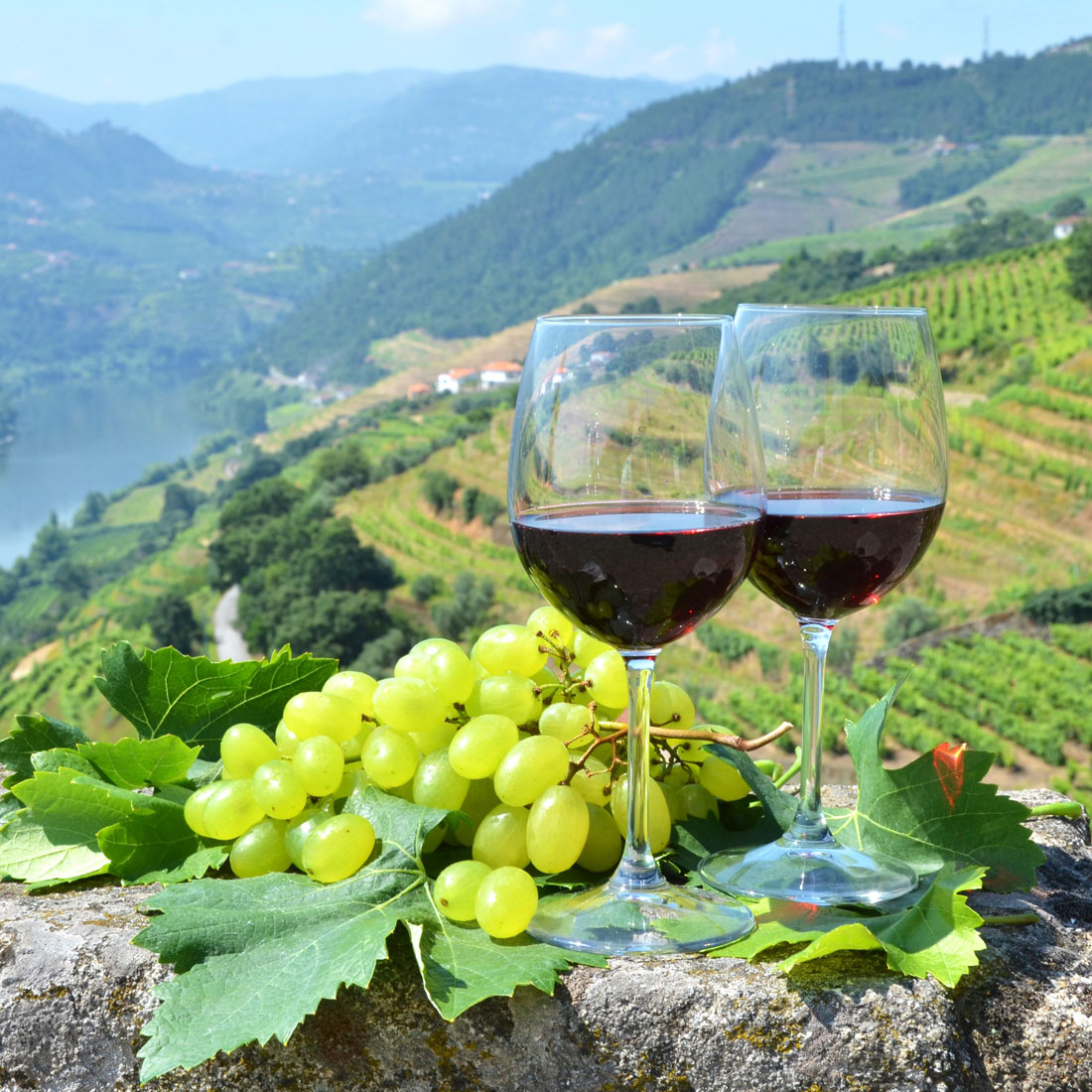Douro Valley Private Tour
Since 150.00€
- Book here you tour -
Overview
Enjoy the once-in-a-lifetime opportunity to know Douro valley wine region, taste fantastic Port and table wines from fantastic producers, appreciate the flavors of the valley and share ideas and histories with cellar masters.
Details
With a unique and dazzling landscape, the Upper Douro wine region is one of the places considered World Heritage, by UNESCO. There are several reasons for us to explore this magnificent region, but the most important one is the desire of discovering the land where famous wine is produced. This nectar, named Port Wine after the 17th century, grows and ripens on the terraces of the Douro Valleys. The Douro was the World's first demarcated and regulated wine region, and it is divided into three main regions, different in geography and climate: Baixo Corgo, Cima Corgo, and Upper Douro. To enjoy the magnificent landscaping, you can follow the River Douro Course. The several Farms of the region offer you the opportunity of participating, at the harvest season, in the grape harvest, and in the works at the "Lagares" (Mills).
- Pick Up Point
-
All visitors to Amarante will most certainly be impressed by two imposing natural features: the great Serra do Marão rising above the city in a series of majestic landscapes and the river Tâmega, the longest tributary of the river Douro, whose journey begins in Galicia and which flows through the heart of Amarante, giving added colour to the picturesque houses standing on its banks.
-
Highlight of the beautiful Amarante town, in the greenish north of Portugal, the São Gonçalo Convent was founded by king D. João III in 1540. The Convent, built in the same place where previously was a small medieval chapel dedicated to São Gonçalo, integrates the beautiful São Gonçalo Church, under Dominican project and style. With a Mannerist style, the Church has a Latin cross plan and a grandiose façade with three floors, one of them baroque and the other two in renaissance style. The interior has three naves, where is located the important São Gonçalo Chapel where the mortal remaining of the Saint now rest, under a limestone tomb statue.
10 minutes stop • Admission Ticket Not Included -
It goes back to the XVIII century the construction of the Bridge of Amarante that connects the two banks in the same place of the primitive bridge constructed by Saint Gonçalo to allow the passage of the pilgrims.
10 minutes stop • Admission Ticket Not Included -
It is thought that the town´s name originated from the name of a Roman house that once stood here - the "Villa Reguela". Its great development was, however, only to begin after 1756 with the creation of the Real Companhia Geral da Agricultura das Vinhas do Alto Douro (Royal Company of Vine-Growers from the Alto Douro Region), which set up the world's first ever demarcated region for wine production.
Situated on the banks of the River Douro, Peso da Régua played a fundamental role in the production and sale of Port wine, for it was from here that the barrels were transported in the special boats known as barcos rabelos to Vila Nova de Gaia, where the wine was left to age in the local wine lodges. -
90 minutes stop • Admission Ticket Not Included -
With the Alto Douro Wine Region as company, embark on this romantic road trip on the EN222, considered one of the most beautiful roads in the world.
It connects Vila Nova de Gaia to Vila Nova de Foz Côa, with a total of 226 kilometres in the heart of the Alto Douro Wine Region, classified as a UNESCO World Heritage Site. However, the 27 kilometre stretch between Peso da Régua and Pinhão is, undoubtedly, the cherry on top of the cake, as it swirls round and through amazing landscapes. It was once considered the best road in the world to drive. -
Pinhão is considered to be the geographical centre of the Douro demarcated wine region, and it is here that many of the Port wine estates are to be found, some of which offer accommodation under the system of rural tourism.
Worthy of particular attention here is the railway station, built at the end of the nineteenth century, the inside of which is entirely lined with panels of azulejos. -
We return to the most panoramic section of the EN222, bound for the wonderful Pinhão Railway Station, where the 19th century tiles stand out with images that reflect the life of the region. Pinhão looks like a scene out of an old film, with the Douro River and the Pinhão River intersecting the beautiful riverside area, and the station where the historic train transports us to distant times. It all interconnects, creating a magnificent landscape that was even classified by UNESCO as a World Heritage Site.
15 minutes stop • Admission Ticket Not Included -
Before returning to the EN222, we make another small detour to the Casal de Loivos viewpoint, located in the village with the same name. With superb views over the Douro valley and the village of Pinhão, it is the perfect setting for a relaxing moment, with the meandering of the river course as a central point. Is there a more romantic landscape than this?
10 minutes stop • Admission Ticket Not Included - Drop Off
| Pick Up - Drop Off | At your hotel, lodging in Porto or Leixões Cruise Ship Terminal |
|---|---|
| Start - End | 09:00h - 12:00h or 14:00h - 17:00h (approx) |
| Icluded |
- Pick up/drop off at your location - Certified Tourist Driver. - Private transport - Top class vehicle - Free Wi-Fi - Bottled water - Insurances and fees |
| Extra |
- Adicional Stop- €15.00 each |
| Not Included |
- Lunch - Tickets - Gratuities (optional) - Personal expenses - Any service that is not clearly specified in the inclusions |
Not sure this is the right tour for you?
That’s totally fine! Besides our standard tours, we also design personalised tours according to your preferences and pace. Just send us a message and we’ll shortly get in contact with you.
Contact Us© 2023 LATITUDE 351
All Rights Reserved.



